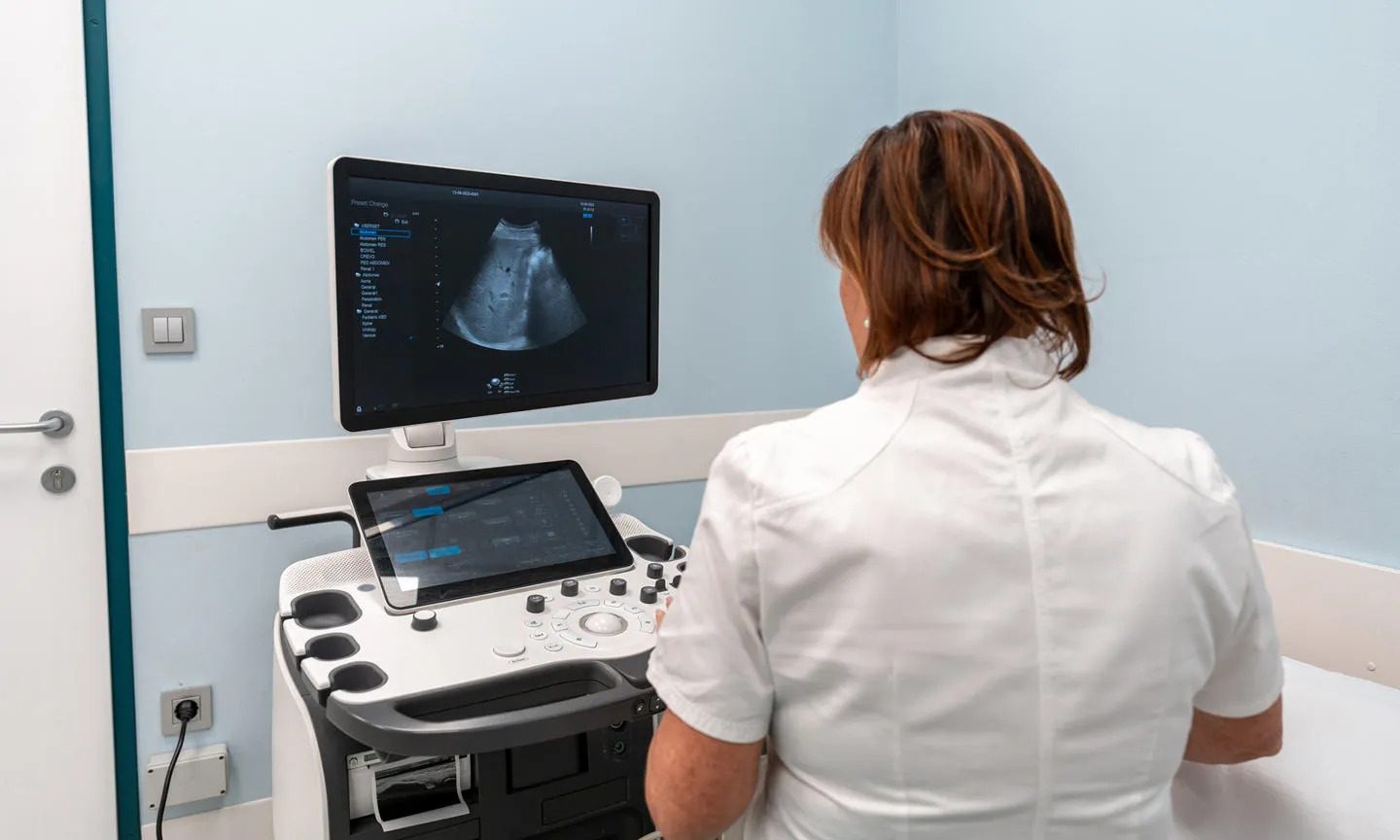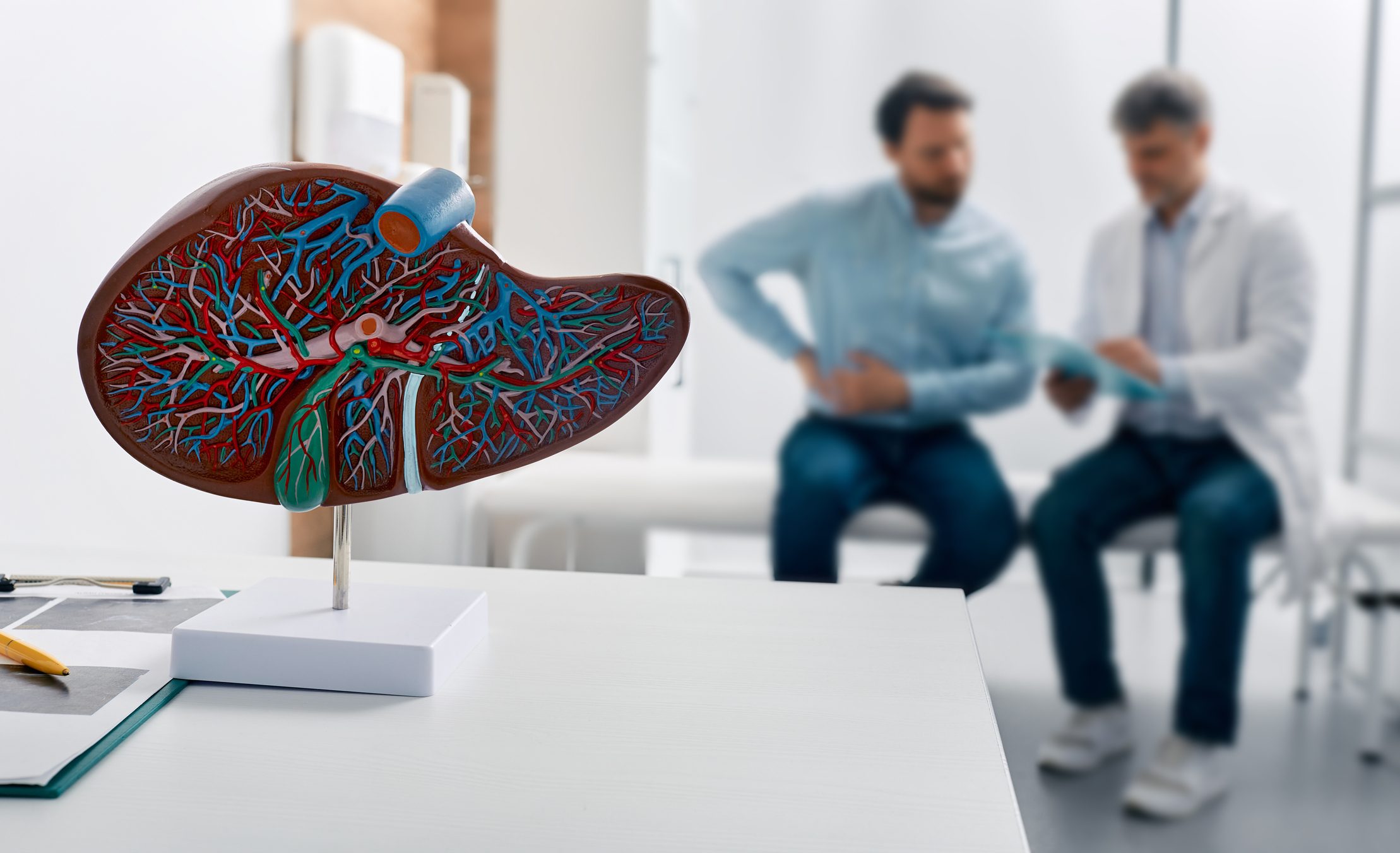Human preclinical models of liver cancer to identify next generation therapeutic approaches to target tumour associated macrophages

Research theme
People involved
Inflammatory Liver Disease Theme Lead
Next Generation Therapies Theme Lead
This research project was awarded the 2024 Birmingham BRC Collaboration Fund
Status: Ongoing
Liver cancer, also known as hepatocellular carcinoma (HCC), often develops in patients with chronic liver disease. This disease causes inflammation and scarring, which can lead to cancer. A key player in this process is a type of immune cell called tumour associated macrophages (TAMs). These cells can make cancer treatments less effective.
Project aims
Our project aims to understand how the physical environment of the liver affects these cells and to find new ways to target them for therapy. As part of this project, we will:
- create new human liver models that mimic the stiffness of liver tissue in different stages of disease – this will help us study how TAMs behave in these environments
- aim to identify new pathways that can be targeted to treat liver cancer, by studying these models
- test potential treatments to see how they affect TAMs and their ability to support cancer growth
This project brings together experts from the Universities of Birmingham and Nottingham, and the City of London Cancer Research UK Centre to develop innovative approaches to liver cancer treatment.
Research projects

Human preclinical models of liver cancer to…
This research project was awarded the 2024 Birmingham BRC Collaboration Fund Liver cancer,…




